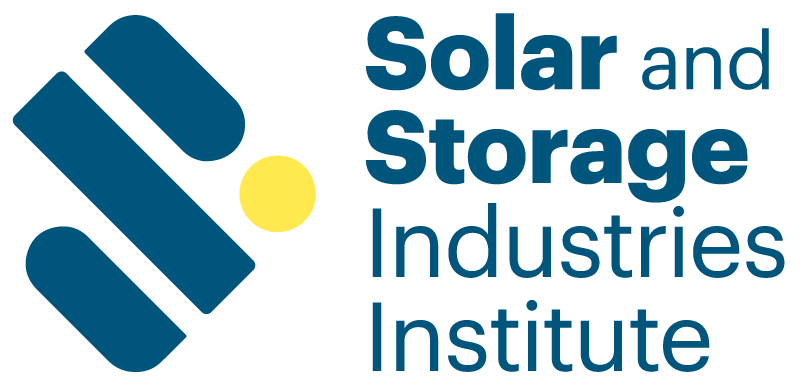Blog Post — With all the fanfare about the Inflation Reduction Act’s one-year anniversary, and the fact that it’s driving epic amounts of clean energy investments nationwide, a little-known misstep last month by the U.S. Energy Information Administration (EIA) has comparably received very little attention.
But it has big implications for the solar and storage industries.
Background
Every three years, EIA updates the survey forms it uses to collect information on all things electricity. These Electric Power and Renewable Electricity Survey (EPRES) forms provide a comprehensive view of the nation’s electric power industry, from photovoltaic module shipments to power plant operations.
Way back in May 2022, EIA had proposed some important but modest updates, such as collecting more information on energy storage projects and trying to understand how many solar projects are using bi-facial panels.
Then, the IRA passed (yahoo 🎉 ).
In response to EIA’s proposed updates, we at Solar and Storage Industries Institute (SI2) and Solar Energy Industries Association (SEIA) sent joint comments to the agency aimed at refining their existing questions.
Why? Because the EPRES forms have huge implications for how we move the clean energy industry forward—a clear priority of the Biden Administration—and we need the clearest picture possible of the renewable energy sector’s challenges and opportunities.
Given the passage of the Inflation Reduction Act, we wrote in December that EIA should consider collecting and publishing more data around topics such as:
1. transmission and distribution utility interconnection queues, costs and timelines;
2. transmission and distribution grid operations and constraints; and
3. solar and storage manufacturing, including the production of components and materials.
But the Office of Management and Budget (OMB) approved the original EIA forms without taking the changing policy landscape into consideration.
In other words, EIA didn’t make any changes in response to stakeholder comments.
How We Move Forward
This is a missed opportunity by the Energy Information Administration to improve clarity around some of our industry’s biggest roadblocks. Collecting more (and better) data on a host of additional topics—of direct relevance to the IRA—would help lawmakers better understand barriers to achieving the law’s clean energy goals.
Simply put, the newly approved surveys don’t go far enough.
What’s worse is that EIA isn’t required to go back and revise their data collection efforts until 2026.
By that point, Congress, federal agencies, and state-level policymakers are going to be looking for good data on interconnection queues and timelines, but it’s not going to be available in any rigorous way.
While seemingly minor changes to government surveys don’t often make the news, this deserves attention from the solar industry.
We look forward to working with the agency to improve the EPRES surveys before the next round of revisions is due in 2026.
Dave Gahl is the executive director of Solar and Storage Industries Institute (SI2).
